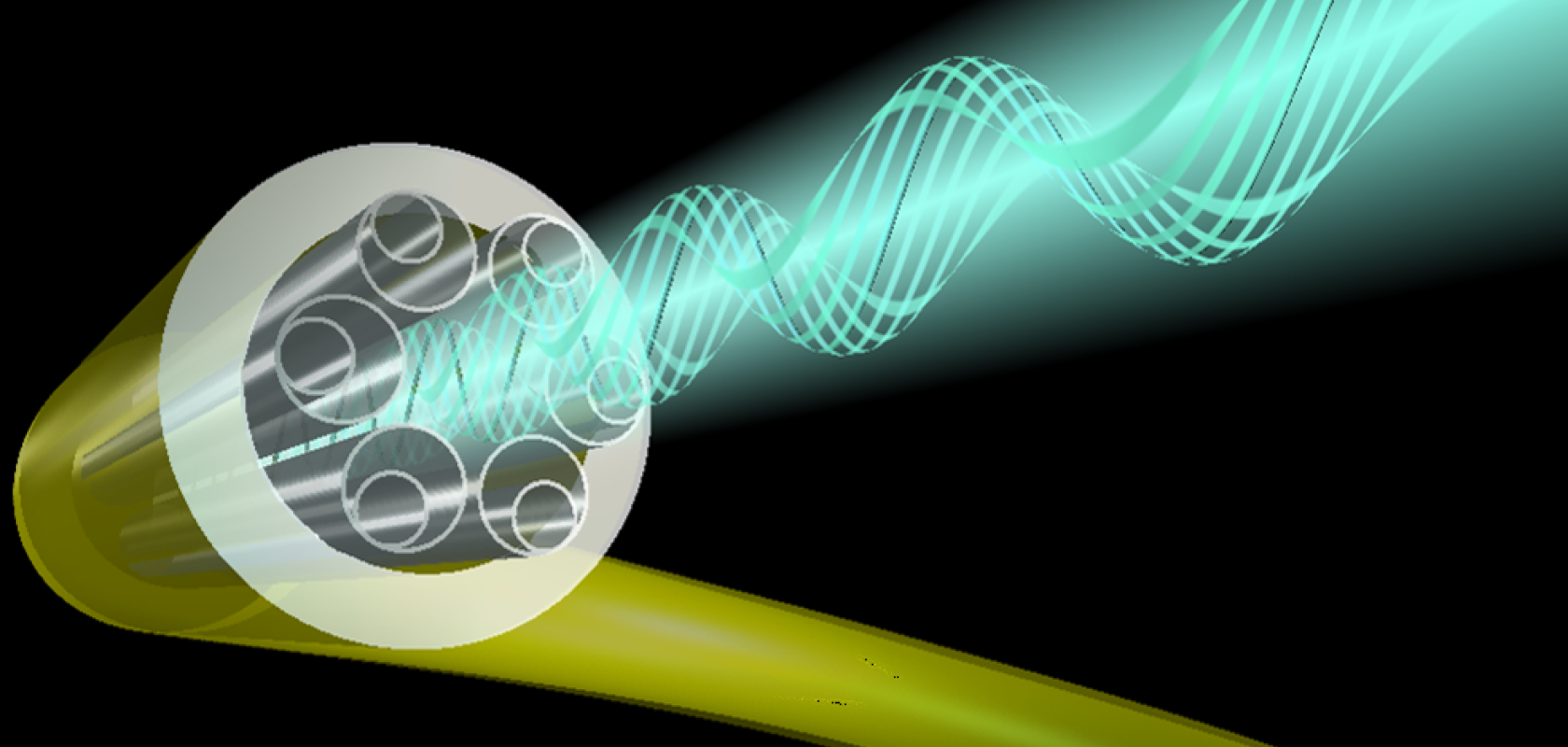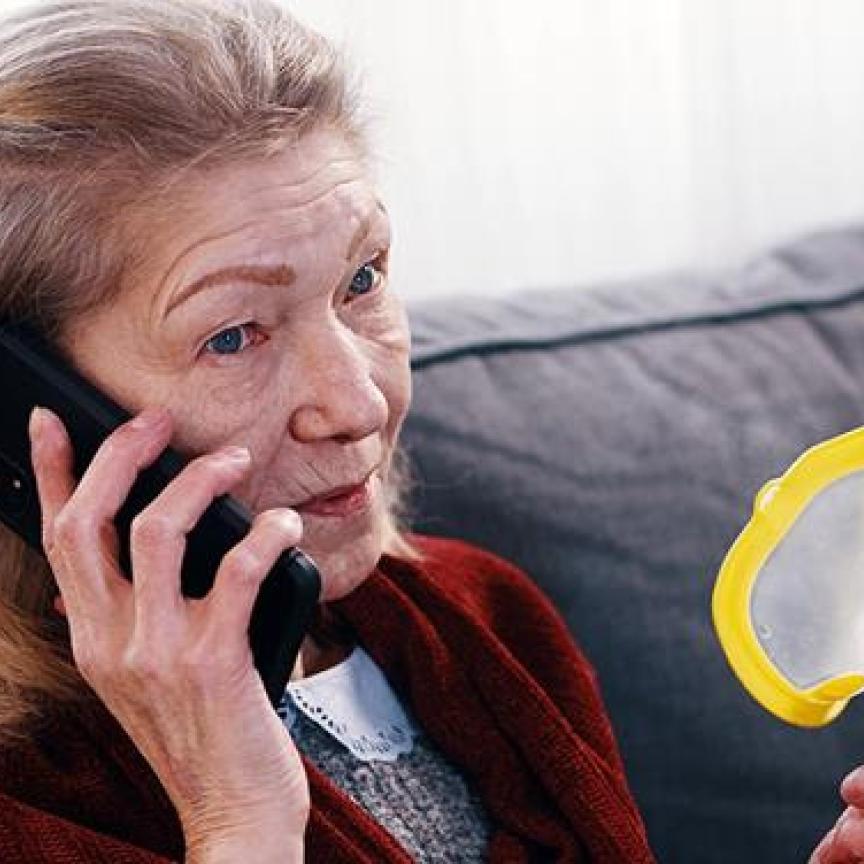A new study from a team of researchers from the University of Southampton has demonstrated that fibres with a hollowed out centre could reduce loss of power.
In the study, which was published in Nature Communications, the team from the university’s Optoelectronics Research Centre (ORC) showed that guiding light through air filled fibres offers a potential solution to overcome the attenuation limit set by the glass’s scattering, which poses a limitation to the performance of applications that require shorter wavelengths.
The researchers created three different hollow core fibres, with losses comparable or lower than that achieved in solid glass fibres around technologically relevant wavelengths of 660, 850, and 1060nm. The team believes that the lower attenuation offers the potential for advances in quantum communications, data transmission, and laser power delivery.
Professor Francesco Poletti from the ORC said: ‘Many alternative glass types and waveguide technologies have been investigated since the 1970s to try to solve this problem. Our findings show that hollow core fibres have the potential to outperform the current optical fibres at various wavelengths used in optical technology today. Not only do they have lower attenuation, they can also withstand higher laser intensities, such as those needed to melt rocks and drill oil wells, as well as produce more efficient lasers for manufacturing.’
The team that developed this technology under funding from the ERC project Lightpipe is continuing its work on improving the optical performance of the fibres, while producing longer lengths at a lower cost. David Payne, director of the Optoelectronics Research Centre, added: ‘The transmission capacity of optical fibres is so large that we never thought we’d reach the point where we would use it all up. But in the last five to ten years, we’ve realised that we’re now close to doing just that and the impact of Covid-19 has accelerated this further. This means that no longer can we tweak conventional fibres to mine more capacity but must resort to the sledgehammer approach of installing huge numbers of new fibre cables.’
Concluded Poletti: ‘We are convinced that we might have finally identified a solution with the potential to complement, and in many cases, replace all-solid silica fibres that have been the mainstay in domestic and commercial applications for half a century.’


